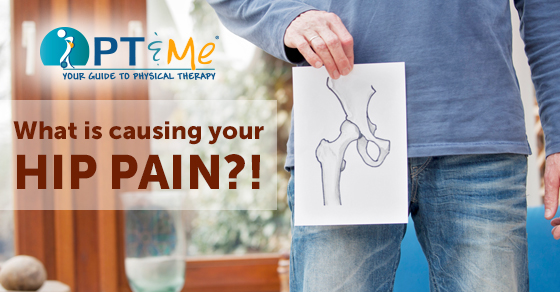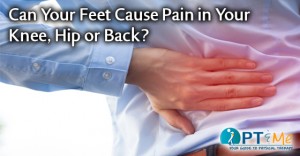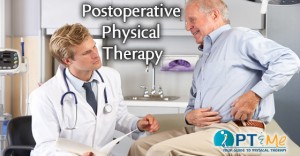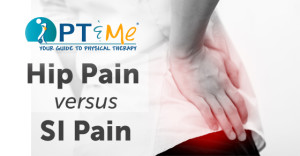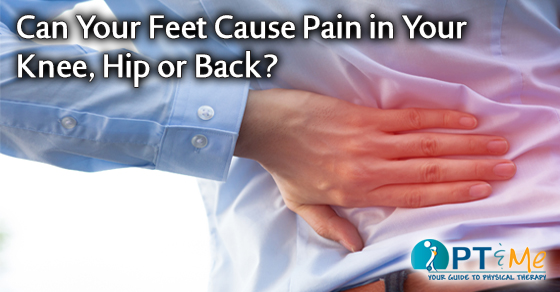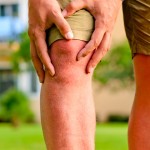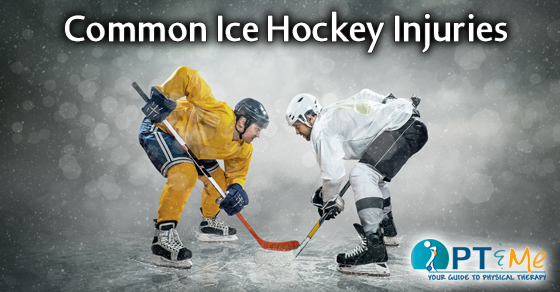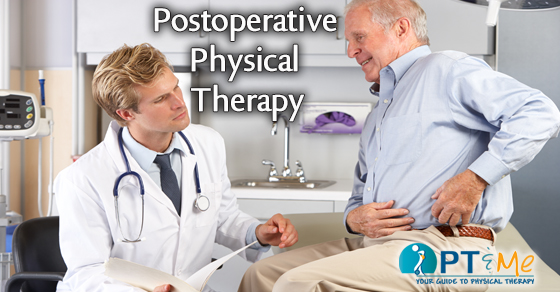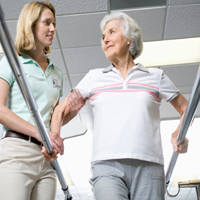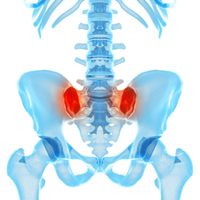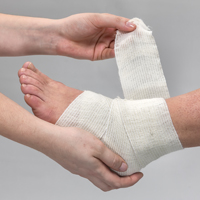The hip is a large weight bearing ball and socket joint. We use our hips to help move our legs, and for the most part it’s stable and doesn’t give us a whole lot of trouble. That’s not the case for everyone however. Let’s take a look at hip pain and what the main culprits are.
The Most Common Types of Hip Pain
The most common type of hip pain is arthritis which literally means” swelling of the joint”. Osteoarthritis, rheumatoid arthritis, and traumatic arthritis are 3 types of arthritis that may ultimately require surgical intervention such as a hip replacement. Other traumatic injuries, birth deformity or childhood hip disease can also cause hip joint damage.
Osteoarthritis is caused by wear and tear of the joint and is typically seen in people 50 years or older. The articular cartilage becomes soft and wears down causing pain, loss of range of motion, and swelling.
Rheumatoid Arthritis is an autoimmune disease whereby your body’s immune system attacks your joints causing pain and swelling.
Traumatic Arthritis can occur following a severe hip injury or fracture. In this case, the trauma causes cartilage damage which can lead to hip pain and stiffness over time. Avascular Necrosis is a condition following a traumatic injury to the hip whereby the blood supply to the femoral head is compromised resulting in pain and damage to the articular cartilage.
For more information on hip pain or what to expect from hip replacement recovery check the articles below:

